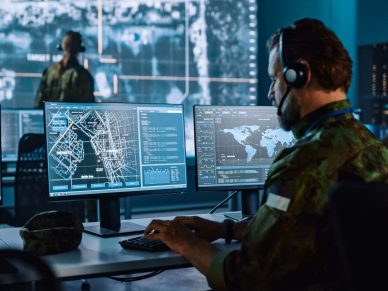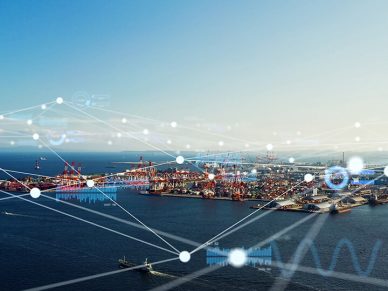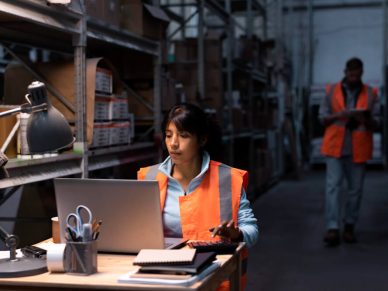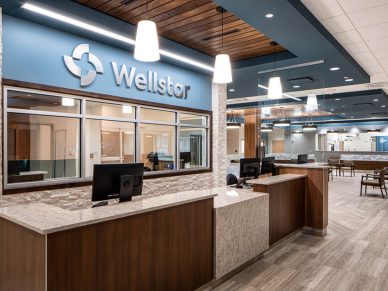Marketing has been trying for years to apply augmented reality (AR) to its campaigns, but it hasn’t quite caught on like people expected. Logistics, however, is proving to be a new direction for the immersive technology.
DHL’s Augmented Reality in Logistics report compiled by the company’s Trend Research group details testing efforts and the results, which detailed the successes the company found in its application of the technology in its own warehouses.
“Although AR is in relatively early stages of adoption in logistics, it could offer significant benefits,” read the report. “For example, AR can give logistics providers quick access to anticipatory information anytime and anywhere. This is vital for the prospective and exact planning and operation of tasks such as delivery and load optimization, and is critical to providing higher levels of customer service.”
Optimizing Warehousing Operations
Warehouse operations account for about 20 percent of all logistics costs, with picking ranking as the bulk of the warehouse operations’ budget. If there’s a more efficient way to do things on the floor, companies want to know.
Field tests on mobile AR systems—in this case, a head-mounted display, cameras, a wearable PC and battery packs—have demonstrated significant productivity improvements in warehousing operations, decreasing errors up to 40 percent in some cases. The technology provides real-time object recognition, barcode reading and indoor navigation from AR heavyweights like Knapp, SAP and Ubimax.
As warehouses are redesigned to accommodate never services like product assembly, product labeling, repacking and repair, AR could be used in several helpful ways like visualizing planned rearrangements in full scale.
Transforming Transportation
DHL has researched several ways AR could optimize transportation, specifically by identifying ways international trading and traffic support could benefit from AR.
With the technology, load times could be lessened, as a quick glance through an AR device would determine if it’s complete, instead of manual counting or barcode scanning. 
Issues with on-time delivery often span from unpredictable traffic congestion: the report even details that one percent of Europe’s GDP is lost to traffic congestion. Travel routes could be optimized through AR, providing real-time information in the driver’s field of vision—kind of an upgrade to current navigation systems.
Making that Last Mile Work for You
How much easier would your drivers’ lives be if it didn’t take any time to locate a parcel inside their truck? Right now, drivers must rely on their memory of loading the truck. DHL predicts that in the future, drivers will look at a parcel with an AR device on—most likely glasses—and obtain information about it just from this.
“This information could include the type of goods being transported, each parcel’s weight, delivery address, and whether it is fragile or requires specific positioning to avoid damage,” said DHL. “The device could then calculate the space requirements for each parcel in real time, scan for a suitable empty space in the vehicle, and then indicate where the parcel should be placed, taking into account the planned route.”
Navigation, security, and improved customer service are other areas AR could improve for logistics businesses.
Providing More for the Customer
DHL thinks AR can add more value to the services logistics companies deem “value-adding.” 
These applications of technology only crack the surface of augmented reality’s potential in the logistics industry. What other applications do you think augmented reality has in logistics? Let us know on Twitter.
Information sourced from DHL’s Augmented Reality in Logistics.













